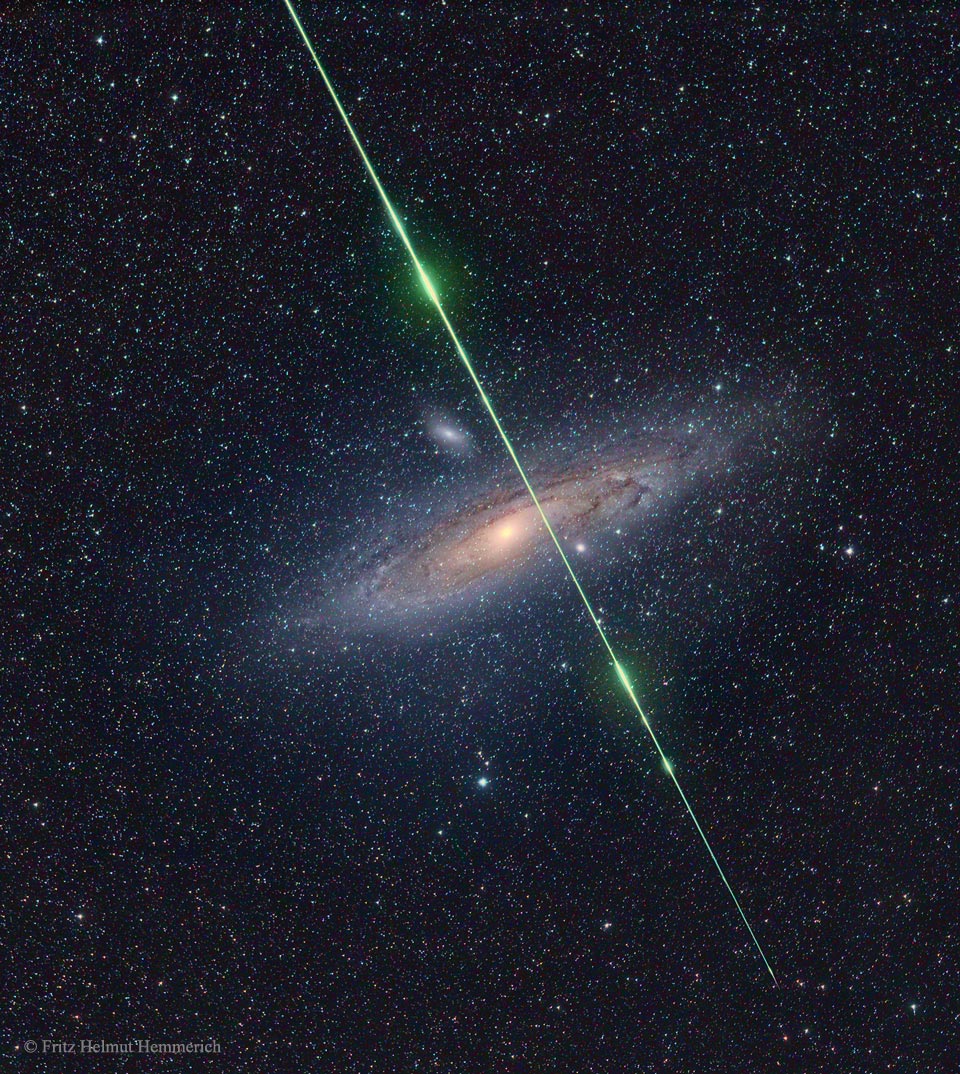NASA will hold a trio of media teleconferences the week of Aug. 14 to preview the science and technology payloads that will fly as part of the agency’s Artemis I flight test.
from NASA https://ift.tt/Ahm5B7Y
via IFTTT
NASA will hold a trio of media teleconferences the week of Aug. 14 to preview the science and technology payloads that will fly as part of the agency’s Artemis I flight test.
from NASA https://ift.tt/Ahm5B7Y
via IFTTT
NASA will provide live coverage on Wednesday, Aug. 17, of a spacewalk with two Russian cosmonauts to continue outfitting the European robotic arm on the International Space Station’s Nauka laboratory.
from NASA https://ift.tt/hO9wPiv
via IFTTT
La NASA hace un llamamiento a estudiantes de secundaria y preparatoria para que participen en el segundo reto estudiantil TechRise de la agencia, que invita a equipos de estudiantes a desarrollar, construir y lanzar experimentos científicos y tecnológicos en globos de gran altitud.
from NASA https://ift.tt/EQhGeoB
via IFTTT
NASA is calling on middle and high school students to join the second NASA TechRise Student Challenge, which invites student teams to develop, build, and launch science and technology experiments on high-altitude balloons.
from NASA https://ift.tt/clbHuh6
via IFTTT

Students from California and Indiana, along with staff members at NASA’s Jet Propulsion Laboratory (JPL) in Southern California, will have the opportunity this week to hear from astronauts aboard the International Space Station.
from NASA https://ift.tt/rJHiAhD
via IFTTT

NASA has announced a new round of opportunities through the agency’s CubeSat Launch Initiative (CSLI) for CubeSat developers, including educational institutions, to conduct scientific investigations and technology demonstrations in space and contribute to the agency’s exploration goals.
from NASA https://ift.tt/CtfV8Te
via IFTTT

